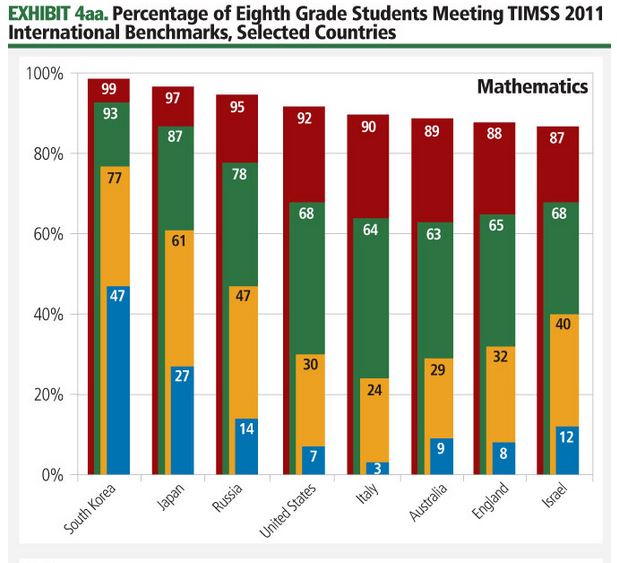Italy
2014 – Italian Government Space Budget
Italy has Europe’s third-largest space budget. Its civil space program is overseen by the Agenzia Spaziale Italiana (ASI), which in 2014 received a budget of €## million (US$## million). That allocation was broken down into three parts: €## million (US$## million) is the standard contribution from the Ministry of Research and Education, which has been constant for the past four years; €## million ($## million) was for COSMO-SkyMed, an Italian national radar reconnaissance program that will be under construction until 2018; and €## million ($## million) was for special programs issued by the government and decided upon by a body in the Ministry of Research and Education.
2014 – Government Space Budgets Overview
On a global level, government investment in space increased #% to $## billion. Because not all governments operate under the same fiscal cycle, space spending numbers were derived from the most recent budgetary information available for each country. As in previous years, the growth was not uniform, with some countries reducing the funding available for space activity, as shown below. The figures reported in the following country profiles are presented in both the local currency and U.S. dollars as of June 30 of the appropriate year.
Economy: Space Economy – TSR 2014
2013 – Government Space Budgets Overview
Government space programs accounted for approximately $## billion in spending during 2013, representing ##% of the global space economy. Government investment in space decreased by ##% in 2013, contributing to a cumulative average annual growth rate of ##% between 2009 and 2013. The top-line figures, however, do not fully depict how some countries have significantly increased space spending while others have made cuts, as shown in Exhibit 2n. Because not all governments operate under the same fiscal cycle, international space spending numbers were derived from the most recent budgetary information available for each country. The figures reported in the following country profiles are presented in both the local currency and U.S. dollars as of June 30 of the appropriate year.
2013 – Military Communications
Dedicated and secure communications links are vital to defense agencies around the world. Increasing demand for capacity—particularly secure connectivity using non-commercial frequency bands—has driven the deployment of dedicated military communications satellites. The U.S. military buys a significant portion of its capacity from commercial operators such as Intelsat and SES. However, the United States also relies on military-specific systems such as the Wideband Global SATCOM (WGS) program, supplying dedicated communications to U.S. and allied military forces around the globe.
2013 – Israeli Government Space Budget
In Israel, an increase in the civil space budget that was approved in 2012 was released by the Ministry of Finance for spending by the Israel Space Agency (ISA). This 2013 budget totaled ## million New Israeli Shekels (NIS) (US$## million). This represents a ##% increase over the estimated 2012 ISA budget of ## million NIS (US$## million).
2013 – Italian Government Space Budget
The Agenzia Spaziale Italiana (ASI), Italy’s space agency, planned spending of €## million (US$## million) in 2013, excluding contributions made to ESA. This represents a ##% decrease from ASI-only planned spending of €## million (US$## million) in 2012. Italy’s contribution to ESA totaled €## million (US$## million) in 2013, an increase of ##% from 2012. Combined, the ASI budget and Italy’s ESA contribution totaled €## million (US$## million), representing approximately ##% of Italy’s planned 2013 national government budget of €## billion (US$## billion).
2013 – Number of First-Degrees Awarded
The number of STEM first-degree (bachelor’s equivalent) graduates in many space-relevant countries has increased in recent years. The disciplines included here are physical, biological, and computer science; engineering; and mathematics.
2013 – Demographics
Science and engineering courses offered at the secondary school level are important for preparing students to pursue STEM degrees. Not only may students with more exposure be more likely to pursue a STEM degree upon reaching university, but research suggests that they are more likely to actually complete that degree.
2013 – TIMSS


The TIMSS study also assesses mathematics and science knowledge and skills. Unlike PISA, which focuses on broader mathematical and scientific literacy of students nearing the end of compulsory education, TIMSS is designed to align broadly with the mathematics and science curricula in participating countries at the fourth and eighth grade (approximately 9- and 13-year-old) levels.